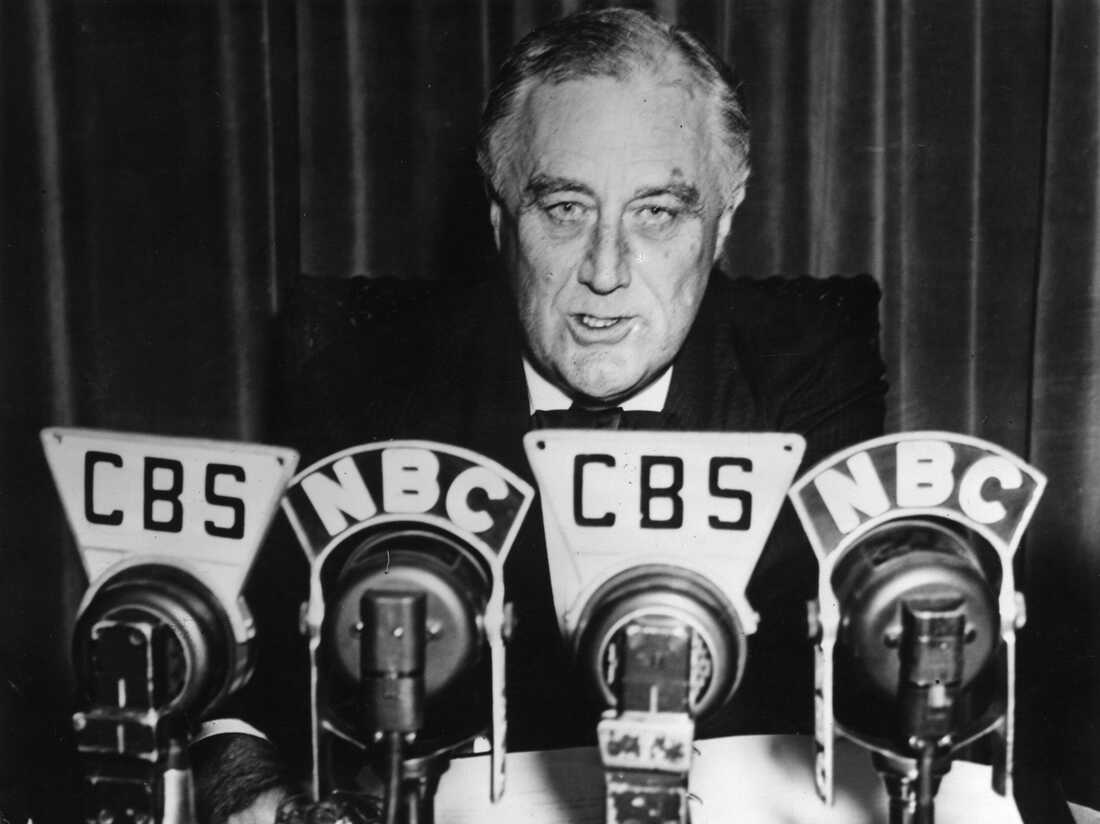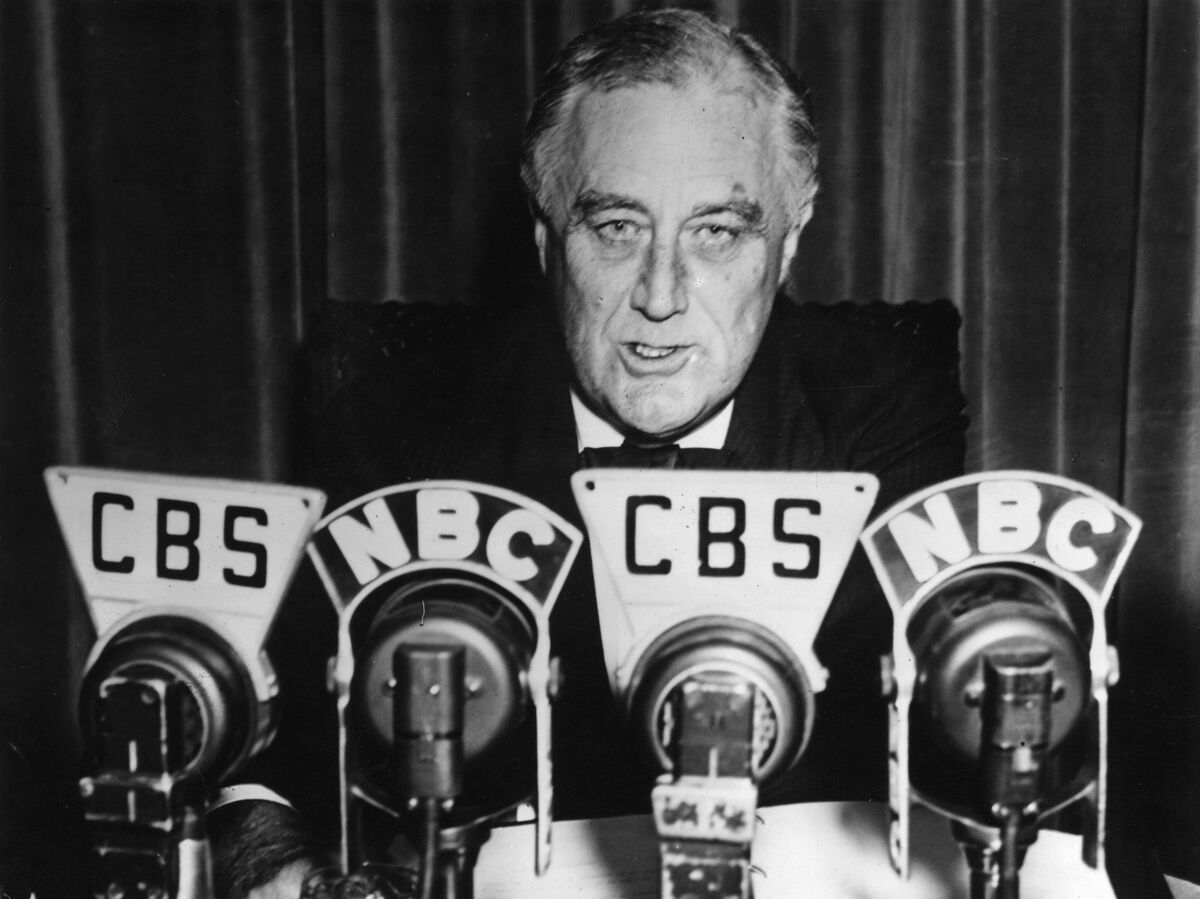The WWII Battle Against Inflation : Planet Money : NPR
[ad_1]
With inflation surging right now, U.S. leaders are naturally thinking about how to fight it. In modern times, that responsibility has mostly fallen to the Federal Reserve. The Fed can (and likely will) raise interest rates to cool down the economy, which should — theoretically — lower demand for goods and services and reduce upward pressure on prices. This will also likely bring pain to many Americans as the economy is forced to slow down.
Back during World War II, the United States took a radically different approach to fighting inflation. And the mess that ensued might explain why the Biden Administration, and most other policymakers, are reluctant to try it out again. Planet Money just released a great episode that delves into this history with some different details (and cool archival sounds!), and you should check it out.
The threat of inflation loomed even larger during WWII than it does today. As America became an “arsenal of democracy,” we spent massively on machines and supplies for war. The federal deficit skyrocketed, from about 3 percent of GDP in 1939 to almost 27 percent of GDP in 1943 — which is far and away the worst the deficit has ever been. Meanwhile, factories, workers, and materials were all repurposed for the war. Millions of productive workers left the labor force to enlist in the armed services.

Topical Press Agency/Getty Images

Topical Press Agency/Getty Images
This combination of factors — lots of deficit spending boosting demand in the economy, and war measures reducing the capacity of the economy to supply and satisfy that demand — was a recipe for runaway inflation. President Franklin Roosevelt and his administration knew this. They had seen rampant inflation during and after World War I: prices rose more than 80 percent between the war years of 1917 and 1920. The administration wanted to prevent that from happening again. So they embarked on a monumental effort to cool inflation by freezing prices with price controls.
The policy effectively neutralized one of the central functions of the free market, which is the allocation of scarce resources. In a free market, if there’s not enough of something, the market responds by raising prices. This reduces demand for that product. It also sends a signal to businesses to produce and supply more of that product. Without this price mechanism, most economists believe, the market struggles to remedy shortages and society scrambles to figure out who gets what.
During the early 1940s, when the federal government began eliminating free-market pricing on goods in short supply, it had to begin allocating these scarce resources in a different way. It created a rationing…
[ad_2]
Read More: The WWII Battle Against Inflation : Planet Money : NPR
